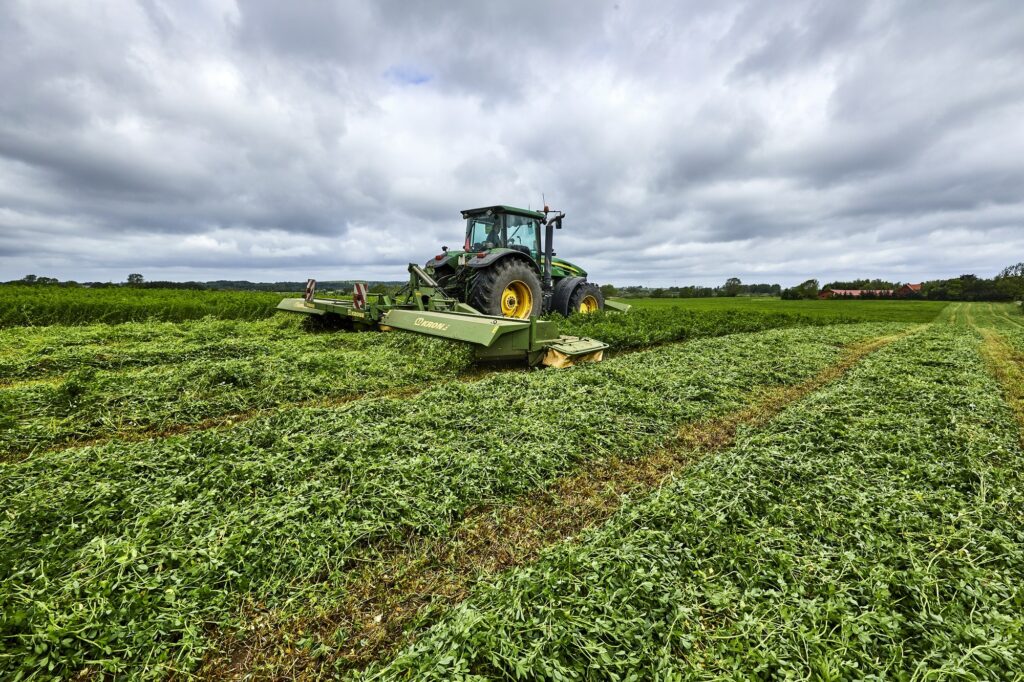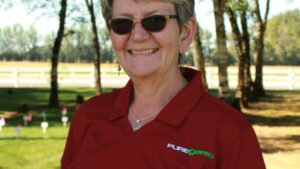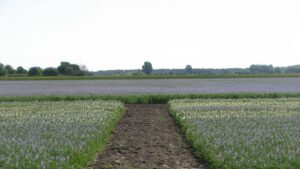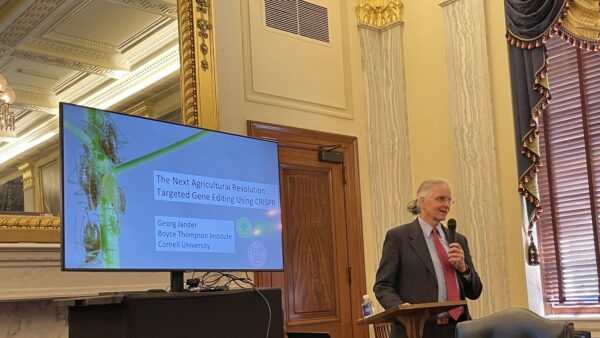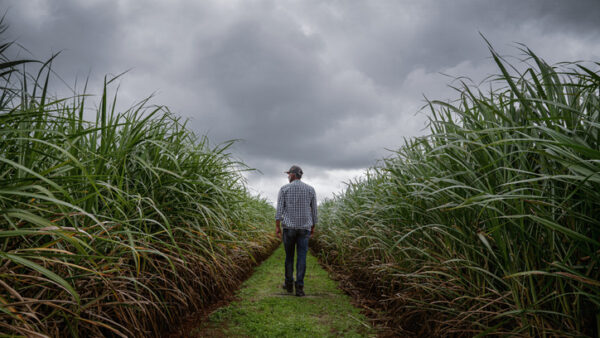Alfalfa is one of the few perennial (3-5 years) highly drought tolerance forage crops. When the going gets tough for most forages under drought – alfalfa keeps going. 2018 brought strong attention to crops, which keep producing under drought alleviating the economic impact of forage deficit.
Extending the growing zone for alfalfa
Plant breeding has increased focus on protein content and yield in many species. Increased interest for homegrown protein (autonomy), care about soil structure and soil microbiome, warning signs of more frequent summer drought, are all factors leading to more interest of alfalfa outside the traditional growing areas.
Higher in protein content- and yield per ha
Notwithstanding the observed negative correlation between dry matter yield and protein content in legume breeding, alfalfa breeders have managed to make progress for both traits = Increased protein yield per ha and increased protein per feeding unit. Alfalfa protein yield per ha even surpasses that of soybean.
Breeding and seed technology have made alfalfa growth easier and profitable
Most alfalfa seeds are now proposed pre-inoculated with nitrogen fixing bacteria, ready for drilling without additional operations or costs. The harvest window, which is the optimum time for cutting alfalfa, has been extended through breeding for lodging tolerance. The extra days/week can make the difference.
A “must” for organic farming
Alfalfa can be sown with narrow row spacing to increase competition with weeds or with wider row spacing for easier mechanical weed control. The huge improvement in soil structure and the fixated nitrogen release to the following crops (progressively over three years) makes alfalfa a great companion inorganic farming.
It’s all about rooting
The deep alfalfa roots are the explanation of many of the superior traits of alfalfa. The deep rooting ensures survival when water becomes scarce in the upper soil layers and contributes to the persistency. Our company has increased focus on roots and rooting via the root screening facility RadiMax, where scientist can monitor and identify breeding lines with the highest rooting potential.
Extracting proteins from the forage opens new perspectives
Together with University researchers and other industrial partners, DLF is actively participating in projects aiming at isolating grass- and legume-based proteins for monogastric animals. The first results are very promising, showing both high yields of extractable proteins as well as fiber pulp fractions with an even higher feed intake in dairy cows than traditionally conserved forage.


